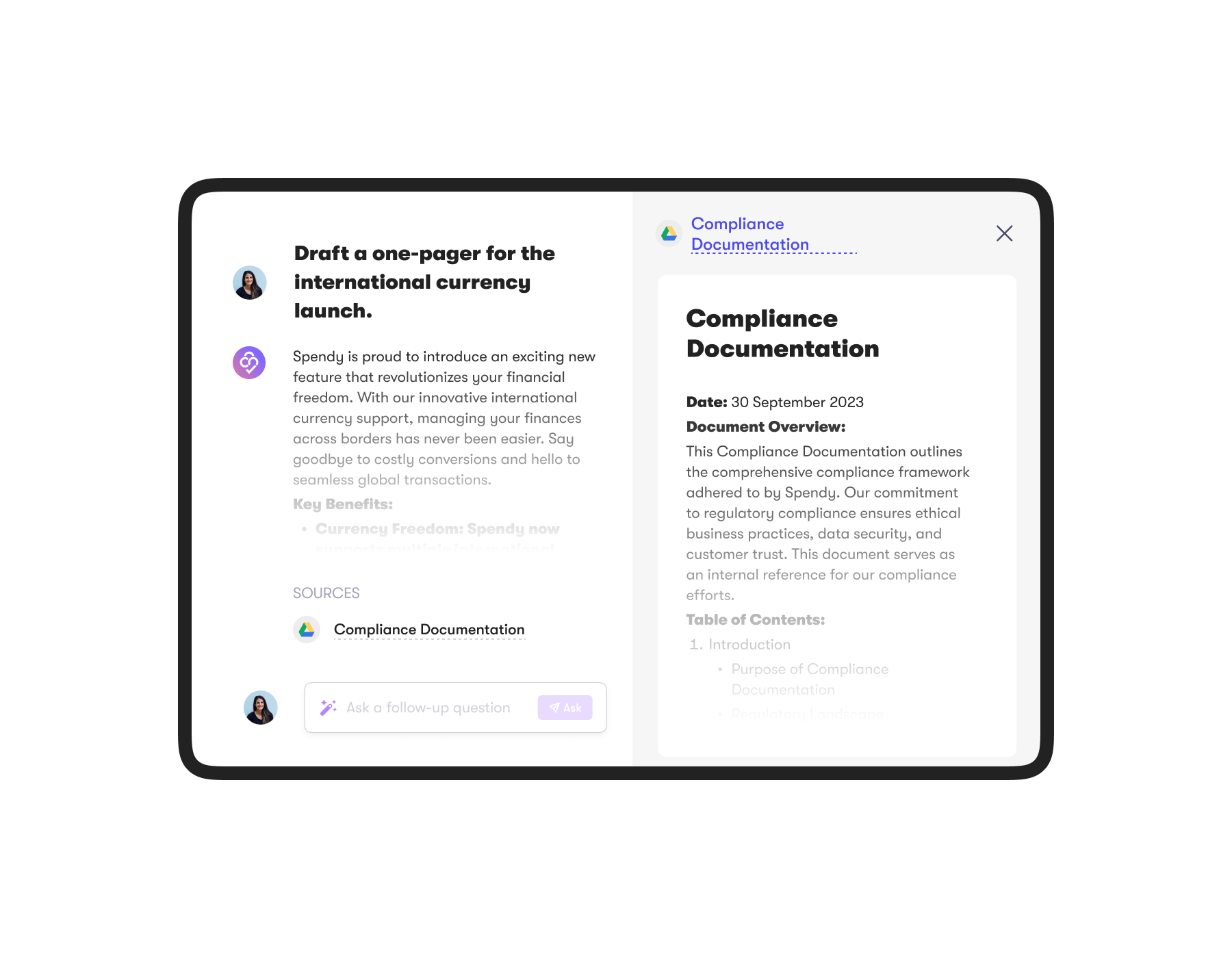2023 Guide to Product Management Documentation: 10 Tips for Success

You know what they say: time is money, time flies, and time waits for no one. Over the course of the past few weeks, Collato has surveyed dozens of product managers from across the world–some at exceptionally small start-ups, and others at companies with more than 500 employees. We wanted to see what the most universal pains were, and as it turns out, the majority of them orbit around documentation. *shocker*
Effective documentation is the cornerstone of product success.
Look, it’s not a surprise that documentation is the worst. There are a bunch of reasons why, like documents constantly becoming outdated or duplicated, outright losing or misplacing files, and the sheer amount of time they take to write. Of those surveyed by us, 21% said that updating and maintaining documents were the most time-consuming parts of their job. And a resounding 41% said that document creation was their biggest time-consuming task.
And, the cherry on top is AI. How are we supposed to evolve in the age of generative AI? How can we use AI at work? Can AI even help categorize, maintain, update, and generate documentation? Let’s discuss.
Why is documentation important for product managers?
Documentation is a cornerstone in product management. It’s the linchpin for successful product development and informed decision-making and collaboration. It provides clarity and fosters effective communication among team members and stakeholders.
Documentation is a reservoir of knowledge and can help facilitate most things in your business, like onboarding new team members or recording user feedback and iterations. Documentation can also serve as a historical record, offering insights into the product's evolution and supporting future teams in understanding past decision-making processes.
Ultimately, documentation is not merely a procedural step; it's a strategic tool that enhances collaboration, reduces risks, and contributes significantly to the overall success of a product throughout its lifecycle.
Why is documentation so time-consuming?
You might find yourself tangled up in time-consuming documentation tasks. It's not just about jotting things down–you’ve got to weave through complex details, adapt to constant changes, and sync up with cross-functional teams. And let's face it, this juggling act competes with other important tasks on your plate, too. Unless you’re incredibly lucky, you might have other fires that you constantly need to put out, too. Making sure every detail is accurate and consistent adds another layer of meticulousness to the mix, too.
It’s a constant struggle to maintain accuracy, avoid duplications, and keep everything up-to-date. Yet, despite these challenges, a well-documented product roadmap and requirements are game-changers for team collaboration, communication, and project success.
Here’s how to save time and write the best documentation:
Implementing the following tools and strategies can significantly alleviate the time burden on product managers and will alleviate some of the time-consuming aspects of your job:
1. Invest in tools that streamline document creation and updates:
Explore AI-driven solutions (like Collato!) extracting key insights from your product docs to help automate some document writing for you.
2. Establish a centralized knowledge management system:
Implement a platform that serves as a unified source of truth for all documentation, and create clear guidelines for organizing and categorizing documents to ensure easy retrieval.
3. Enhance existing tools and provide comprehensive training:
Address limitations in search functions and hierarchical issues within tools like Jira Confluence. Conduct training sessions to ensure the team optimally uses available tools.
4. Establish clear communication and documentation standards:
Define and communicate standards for document hierarchy, naming conventions, and regular updates. It’s best to maintain consistency across the organization.
5. Improve knowledge accessibility:
Encourage the transition from knowledge being stuck in individuals' heads to being documented. Address difficulties in accessing external platforms for knowledge by creating a knowledge-sharing culture.
6. Streamline the updating process:
Implement reminders or tools to automate and streamline the process of updating documents. Establish a clear process for tracking changes and updates to ensure the documentation is current.
7. Implement time management strategies:
Prioritize tasks based on their impact on stakeholders and overall product strategy. Leverage time management techniques to balance the responsibilities of managing stakeholders, creating, and updating documents.
8. Ensure document quality:
Establish a quality control process to avoid multiple versions of the same document and maintain accuracy. Audit regularly to identify and rectify outdated documents.
9. Foster collaboration and communication:
Promote collaboration between team members to ensure a shared understanding of documentation. Facilitate effective communication to avoid departmental divisions impacting knowledge awareness.
10. Align documentation efforts with strategic goals:
Clearly define the purpose and goals of each document to ensure they contribute to broader product strategies. Periodically reassess and update documentation based on evolving product strategies and priorities.
Or, you could have just Collato’d that.
Look, we don’t like ads either, so we’ll just put it out there–Collato really is the best documentation solution. We built an AI-powered tool that simplifies documentation by making it easy to store, recall, maintain, and even write your product docs.
Collato connects to your work tools and sources to gather information and can even generate documents like PRDs, release notes, and one-pagers.
Collato can use AI to help you to write documents in seconds. And, it uses AI to ensure that your documents are accurate and up-to-date. And, it will cite its sources, so you know where the information came from.
We take privacy very seriously. Collato is SOC 2 certified, GDPR compliant, and uses military-grade encryption to protect your data.

TL;DR
From the constant battle with outdated documents to the sheer time invested in their creation, the struggle for good documentation is is real. However, documentation remains a linchpin in product management, fostering collaboration, effective communication, and informed decision-making.
Revamp documentation by implementing a centralized knowledge hub and embracing AI-driven tools for automation (like Collato!). Enhance existing tools through targeted training, establish clear communication standards, and promote a transition from individual to documented knowledge for improved accessibility. Streamline updating processes with automated tools and reminders, prioritize tasks strategically, and enforce quality control measures. Foster collaboration, communication, and alignment with strategic goals for an efficient and purposeful documentation approach.





